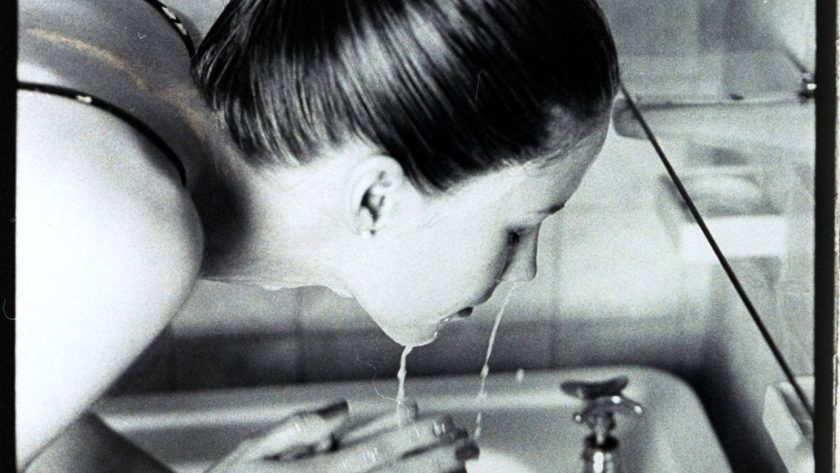“Acne breakouts, depending on the severity, can affect not only the top layer of the skin but also the deeper levels as well,” explains Idriss. “As the inflammation subsides and the skin tries to heal, scar tissue can ensue. Severely inflammatory acne, external factors such as picking, and delayed onset of treatment can all lead to scarring.”
Garshick adds that acne scarring is related to excess oil production, inflammation, and bacteria. While most breakouts will heal overtime without leaving behind a mark, she says other blemishes are more stubborn and are likely to scar. She also notes that some people are just more prone to acne scarring.
Start With Prevention
The first step in preventing acne scars is treating the source. “Start with controlling and treating the acne first—otherwise, you may just be chasing more scars,” says dermatologist Naissan O. Wesley, MD, FACMS, adding that some acne treatments will help improve the appearance of acne scars in and of themselves. “Once the acne is under control and there is not much new acne formation, then it would be appropriate to undergo additional acne scar treatments if needed to treat any scars still present.” In terms of the best products to treat moderate to severe acne, such as red bumps, pus bumps, and cystic lesions beneath the skin, Alexis recommends following an acne regimen prescribed by a dermatologist. For an over-the-counter treatment, Wesley recommends a soothing daily acne treatment. “They contain salicylic acid and willow bark extract in a pad form to help reduce acne inflammation and gently exfoliate the skin surface to heal acne and acne marks faster,” she explains, “as well as prebiotics, polysaccharides, calendula, and sage to help heal and maintain the skin’s moisture barrier.”
Target Discoloration
“When thinking of how to treat acne scars, I always encourage my patients to address the discoloration within the scars first,” explains Idriss. “It is amazing that when you even out the color of the scar, oftentimes the textual changes do not bother my patients as much as they think they would.” Needless to say, acne has different effects on different skin tones, which is helpful to keep in mind when identifying and addressing acne marks and scars. “Lighter-color skin tones or skin that sunburns more easily will often produce red marks after acne, whereas darker-color skin tones or skin that tans more easily will often produce brown marks after acne,” explains Wesley.



